When it comes to the plumbing in your kitchen sink, it's important to make sure everything is installed and working properly. After all, the kitchen sink is one of the most frequently used areas in the house. From washing dishes to preparing food, you want to ensure that the waste plumbing for your kitchen sink is efficient and reliable. In this guide, we will cover everything you need to know about kitchen sink waste plumbing, from installation to troubleshooting common issues.1. Kitchen Sink Waste Plumbing: A Complete Guide
Before you can start using your kitchen sink, you need to install the drain. This may seem like a daunting task, but with the right tools and knowledge, it can be done easily. The first step is to choose the right drain for your sink. You can opt for a standard strainer or a more advanced model with a garbage disposal. Once you have your drain, you will need to connect it to the sink and the main waste pipe. It's important to make sure all connections are secure to prevent any leaks.2. How to Install a Kitchen Sink Drain
Like any other plumbing system, the waste plumbing for your kitchen sink can encounter issues. Some of the most common problems include clogs, leaks, and strange noises. If you notice that water is draining slowly or not at all, it's likely that there is a clog somewhere in the pipes. This can be resolved by using a plunger or a drain snake to remove the blockage. Leaks can be caused by loose connections or damaged pipes, which may require professional help to fix. If you hear gurgling or other unusual sounds coming from your sink, it could be a sign of a ventilation problem, which will need to be addressed to prevent further issues.3. Common Kitchen Sink Plumbing Problems and Solutions
When it comes to waste kits for your kitchen sink, there are various options available. The most common type is a P-trap, which is a curved pipe that prevents sewer gases from entering your home. However, there are also options for a bottle trap or a continuous waste kit, which may be more suitable for certain sink layouts. It's important to choose a waste kit that fits your sink and plumbing layout to ensure proper functionality.4. Choosing the Right Kitchen Sink Waste Kit
If you encounter a clogged kitchen sink drain, there are several methods you can try to remove the blockage. The first is using a plunger, which creates suction to dislodge the clog. You can also use a drain snake, which is a long, flexible tool that can reach deeper into the pipes to remove the obstruction. Another option is using a homemade drain cleaner made from baking soda and vinegar. If none of these methods work, it may be time to call a professional plumber.5. How to Unclog a Kitchen Sink Drain
Kitchen sink plumbing layouts can vary, depending on the type of sink and the location of the main waste pipe. In general, there are two main layouts: the single bowl and the double bowl. A single bowl sink has one drain and one waste pipe, while a double bowl sink has two drains and one waste pipe. It's important to understand your kitchen sink plumbing layout to properly install and maintain the waste plumbing system.6. Understanding Kitchen Sink Plumbing Layouts
To keep your kitchen sink waste plumbing in good condition, there are a few tips and tricks you can follow. First, avoid pouring grease or oil down the drain, as they can solidify and cause clogs. Additionally, regularly clean your sink and drains with a mixture of baking soda and vinegar to prevent buildup. If you have a garbage disposal, make sure to run cold water while using it to prevent overheating. And always be cautious of what you put down the drain to avoid potential plumbing problems.7. Kitchen Sink Plumbing: Tips and Tricks
Venting is an essential aspect of any plumbing system, and this includes the waste plumbing for your kitchen sink. Proper venting allows air to flow through the pipes, preventing negative pressure and allowing water to drain smoothly. Without proper venting, you may experience issues such as slow draining or gurgling noises. If you suspect a ventilation problem, it's best to consult a professional plumber to ensure proper resolution.8. The Importance of Proper Kitchen Sink Waste Venting
In addition to clogs and leaks, there are other common issues that may arise with your kitchen sink waste plumbing. For example, a foul odor coming from the drain could be a sign of a buildup of food particles or residue. This can be resolved by regularly cleaning the drain with baking soda and vinegar. Another issue could be low water pressure, which may be caused by a clogged aerator or a faulty shut-off valve. By troubleshooting these issues, you can prevent them from becoming larger problems in the future.9. Troubleshooting Common Kitchen Sink Plumbing Issues
If you are experiencing frequent plumbing problems or simply want to upgrade your kitchen sink waste plumbing, there are a few options available. Upgrading to a garbage disposal can make cleaning up after meals easier, while switching to a continuous waste kit can eliminate the need for a P-trap under your sink. It's important to consult a professional plumber before making any major changes to your kitchen sink waste plumbing to ensure proper installation.10. Upgrading Your Kitchen Sink Waste Plumbing for Better Functionality
Why Waste Plumbing is Essential for a Functional Kitchen Sink

The Importance of Proper Waste Plumbing
 Proper waste plumbing is essential for the functionality and overall design of a kitchen sink. Without it, you could run into a variety of issues that can disrupt your daily routine and cause costly repairs. Waste plumbing refers to the system of pipes and drains that remove wastewater from your kitchen sink and dispose of it properly.
Kitchen sinks
are used multiple times a day for various tasks, from washing dishes to preparing meals, making it crucial to have a reliable waste plumbing system in place.
Proper waste plumbing is essential for the functionality and overall design of a kitchen sink. Without it, you could run into a variety of issues that can disrupt your daily routine and cause costly repairs. Waste plumbing refers to the system of pipes and drains that remove wastewater from your kitchen sink and dispose of it properly.
Kitchen sinks
are used multiple times a day for various tasks, from washing dishes to preparing meals, making it crucial to have a reliable waste plumbing system in place.
Preventing Clogs and Blockages
 One of the main reasons why waste plumbing is crucial for a kitchen sink is to prevent clogs and blockages. Over time, food particles, grease, and other debris can build up in your pipes, causing them to become clogged. This can lead to slow drainage, foul odors, and even complete blockages that can be difficult to remove.
Proper waste plumbing
ensures that wastewater flows freely through your pipes, preventing any buildup and potential clogs.
One of the main reasons why waste plumbing is crucial for a kitchen sink is to prevent clogs and blockages. Over time, food particles, grease, and other debris can build up in your pipes, causing them to become clogged. This can lead to slow drainage, foul odors, and even complete blockages that can be difficult to remove.
Proper waste plumbing
ensures that wastewater flows freely through your pipes, preventing any buildup and potential clogs.
Protecting Your Home from Water Damage
 Another important aspect of waste plumbing for a kitchen sink is to protect your home from water damage. If your waste plumbing is not functioning correctly, it can cause leaks in your pipes and underneath your sink. This can lead to water damage to your cabinets, floors, and walls, which can be costly to repair.
A well-designed waste plumbing system
will prevent any leaks or potential water damage, keeping your kitchen clean and dry.
Another important aspect of waste plumbing for a kitchen sink is to protect your home from water damage. If your waste plumbing is not functioning correctly, it can cause leaks in your pipes and underneath your sink. This can lead to water damage to your cabinets, floors, and walls, which can be costly to repair.
A well-designed waste plumbing system
will prevent any leaks or potential water damage, keeping your kitchen clean and dry.
Ensuring Proper Sanitation
 A functional waste plumbing system is also crucial for maintaining proper sanitation in your kitchen. Without it, wastewater from your sink can back up and cause a foul smell, making it an unpleasant place to cook and eat. Additionally, bacteria and other harmful contaminants can grow in standing water, posing a health risk to you and your family. By having a well-designed waste plumbing system, you can ensure that wastewater is properly disposed of, keeping your kitchen clean and hygienic.
A functional waste plumbing system is also crucial for maintaining proper sanitation in your kitchen. Without it, wastewater from your sink can back up and cause a foul smell, making it an unpleasant place to cook and eat. Additionally, bacteria and other harmful contaminants can grow in standing water, posing a health risk to you and your family. By having a well-designed waste plumbing system, you can ensure that wastewater is properly disposed of, keeping your kitchen clean and hygienic.
The Overall Design of Your Kitchen
 Last but not least, waste plumbing plays a significant role in the overall design of your kitchen.
Modern kitchen sinks
come in a variety of styles, materials, and sizes, which can greatly enhance the aesthetic of your kitchen. However, to fully enjoy the beauty of your kitchen sink, it must be paired with a functional waste plumbing system. This will not only ensure its functionality but also contribute to the overall design and appeal of your kitchen.
In conclusion, waste plumbing is an essential aspect of a functional and well-designed kitchen sink. It prevents clogs and blockages, protects your home from water damage, maintains proper sanitation, and contributes to the overall design of your kitchen. If you are planning a kitchen renovation or building a new home, be sure to invest in a reliable waste plumbing system to enjoy all the benefits it has to offer.
Last but not least, waste plumbing plays a significant role in the overall design of your kitchen.
Modern kitchen sinks
come in a variety of styles, materials, and sizes, which can greatly enhance the aesthetic of your kitchen. However, to fully enjoy the beauty of your kitchen sink, it must be paired with a functional waste plumbing system. This will not only ensure its functionality but also contribute to the overall design and appeal of your kitchen.
In conclusion, waste plumbing is an essential aspect of a functional and well-designed kitchen sink. It prevents clogs and blockages, protects your home from water damage, maintains proper sanitation, and contributes to the overall design of your kitchen. If you are planning a kitchen renovation or building a new home, be sure to invest in a reliable waste plumbing system to enjoy all the benefits it has to offer.
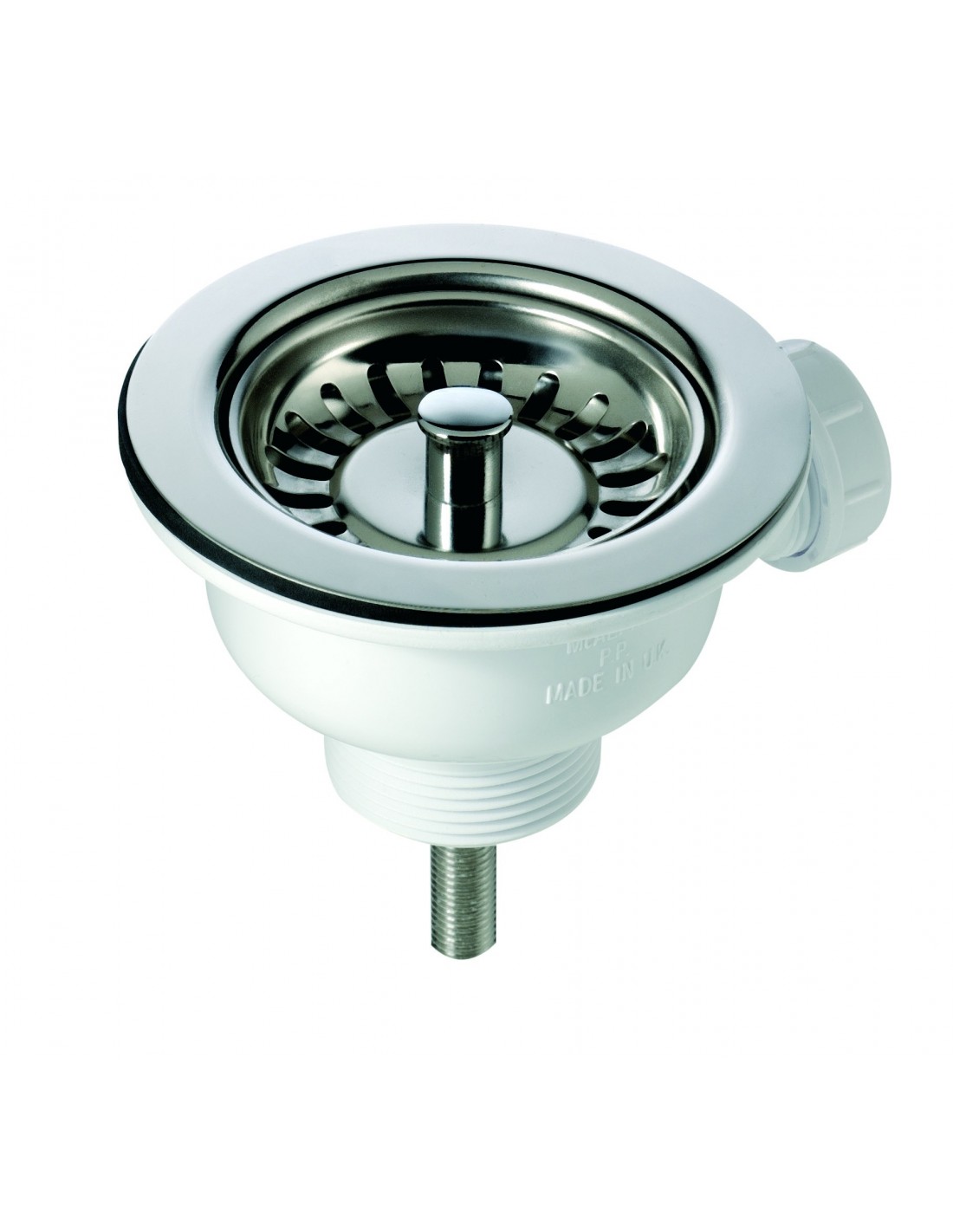






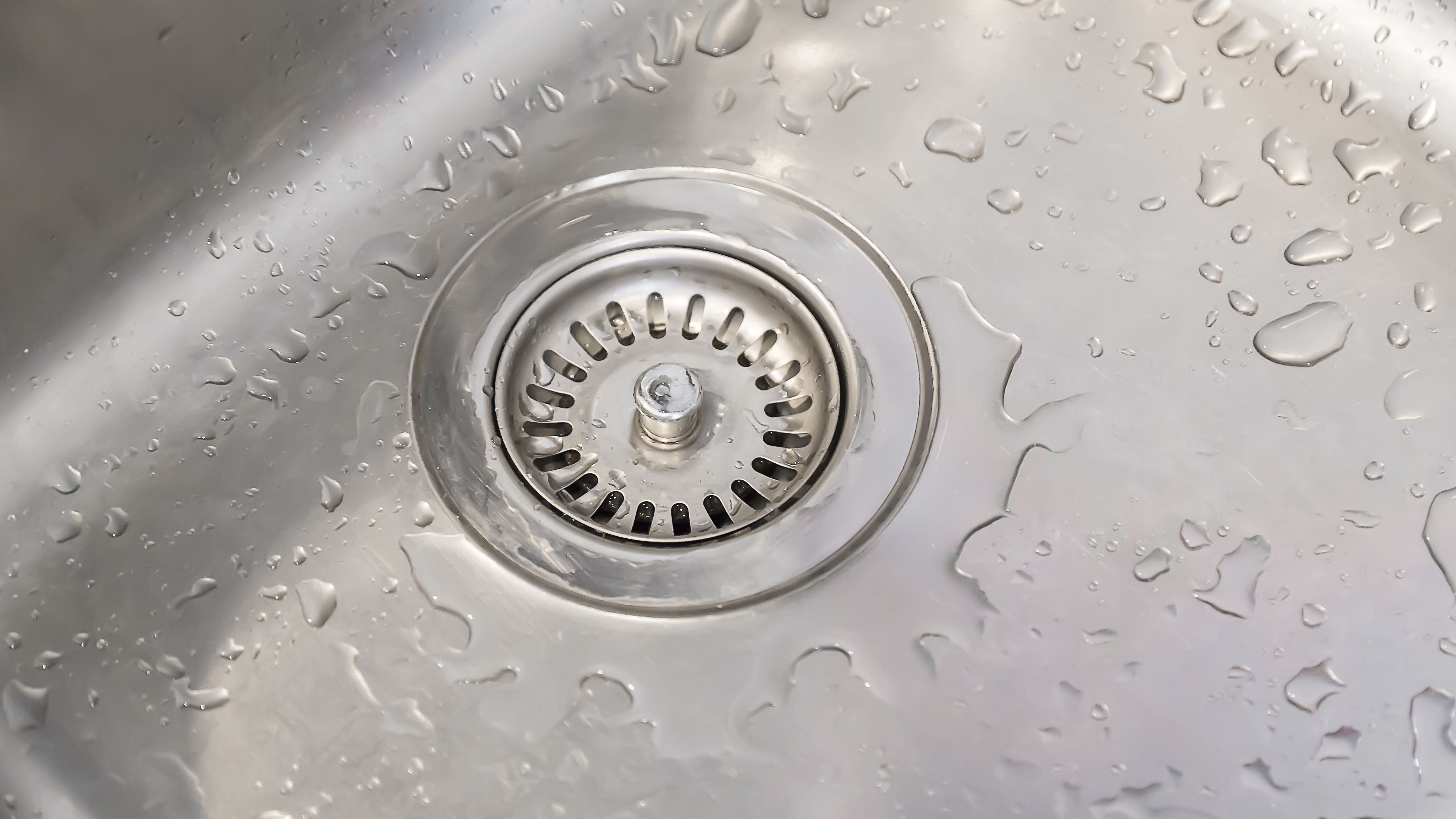



:max_bytes(150000):strip_icc()/how-to-install-a-sink-drain-2718789-hero-24e898006ed94c9593a2a268b57989a3.jpg)

/how-to-install-a-sink-drain-2718789-hero-b5b99f72b5a24bb2ae8364e60539cece.jpg)
:max_bytes(150000):strip_icc()/how-to-install-a-sink-drain-2718789-04-5715d67f5b7d41429d42bf705bb70e2c.jpg)





/how-to-install-a-sink-drain-2718789-hero-24e898006ed94c9593a2a268b57989a3.jpg)


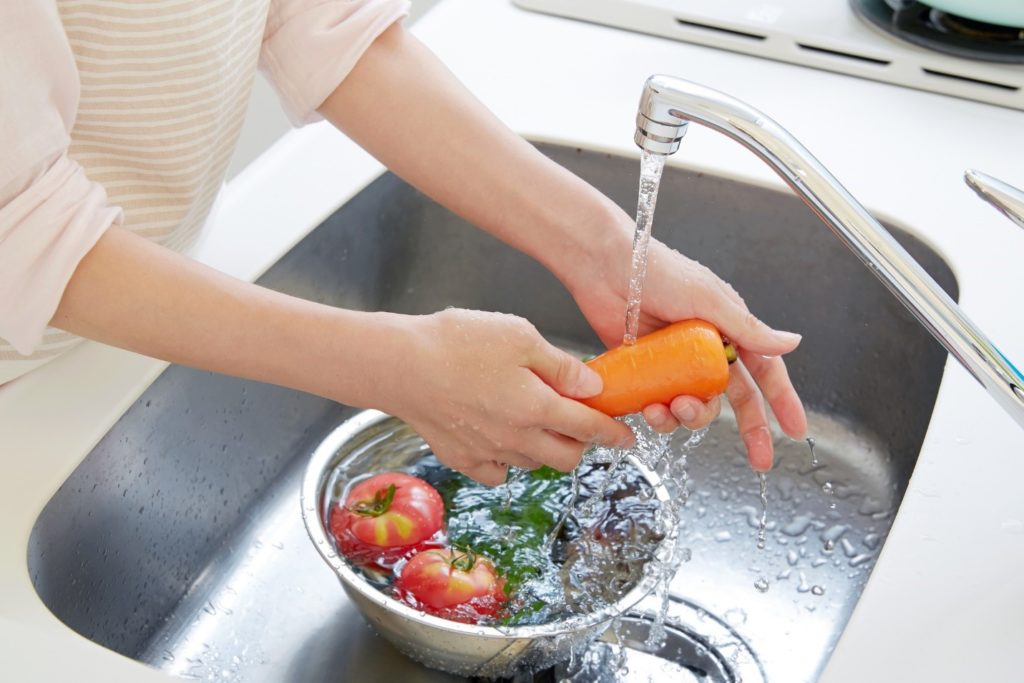

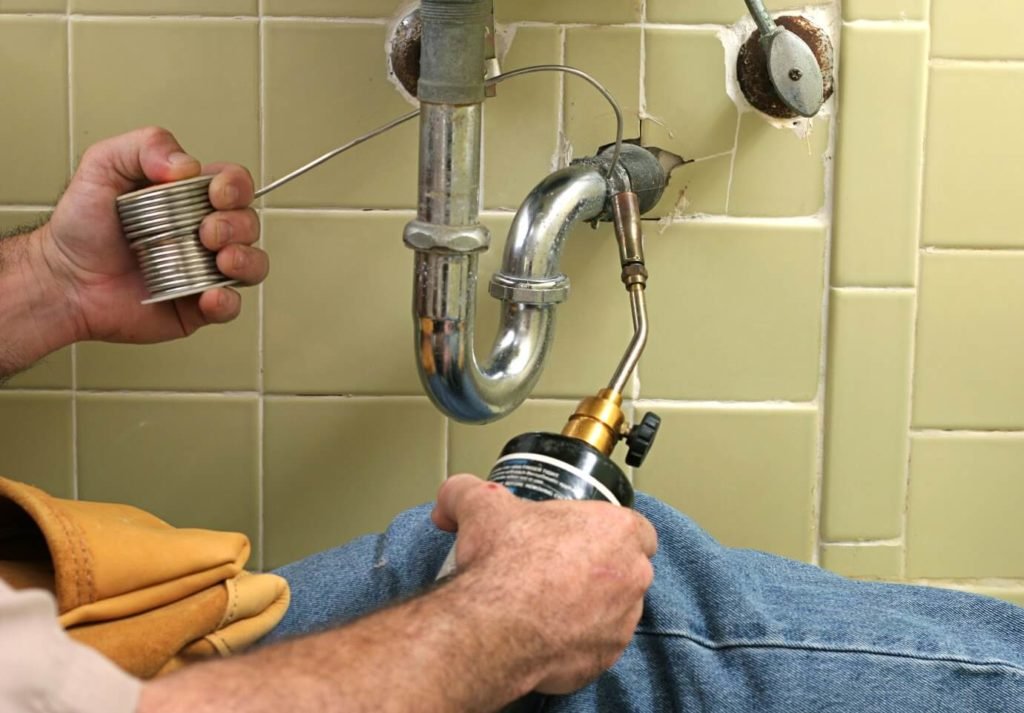

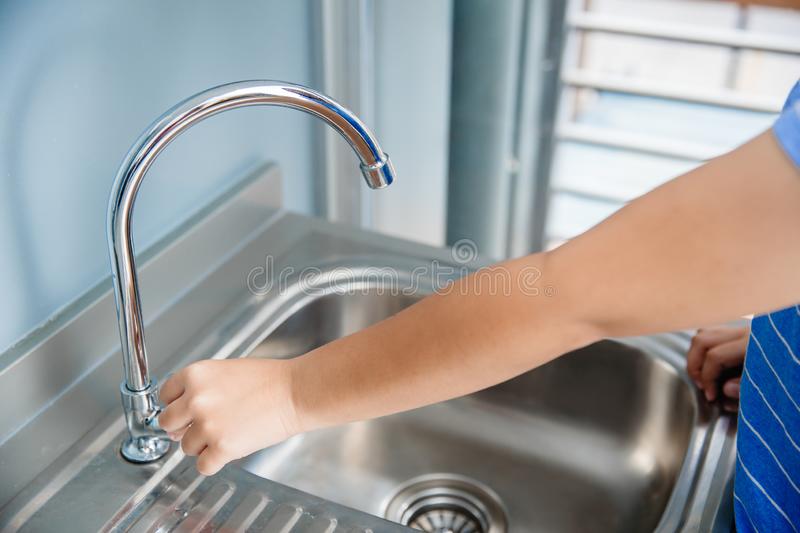







































:no_upscale()/cdn.vox-cdn.com/uploads/chorus_asset/file/19495086/drain_0.jpg)




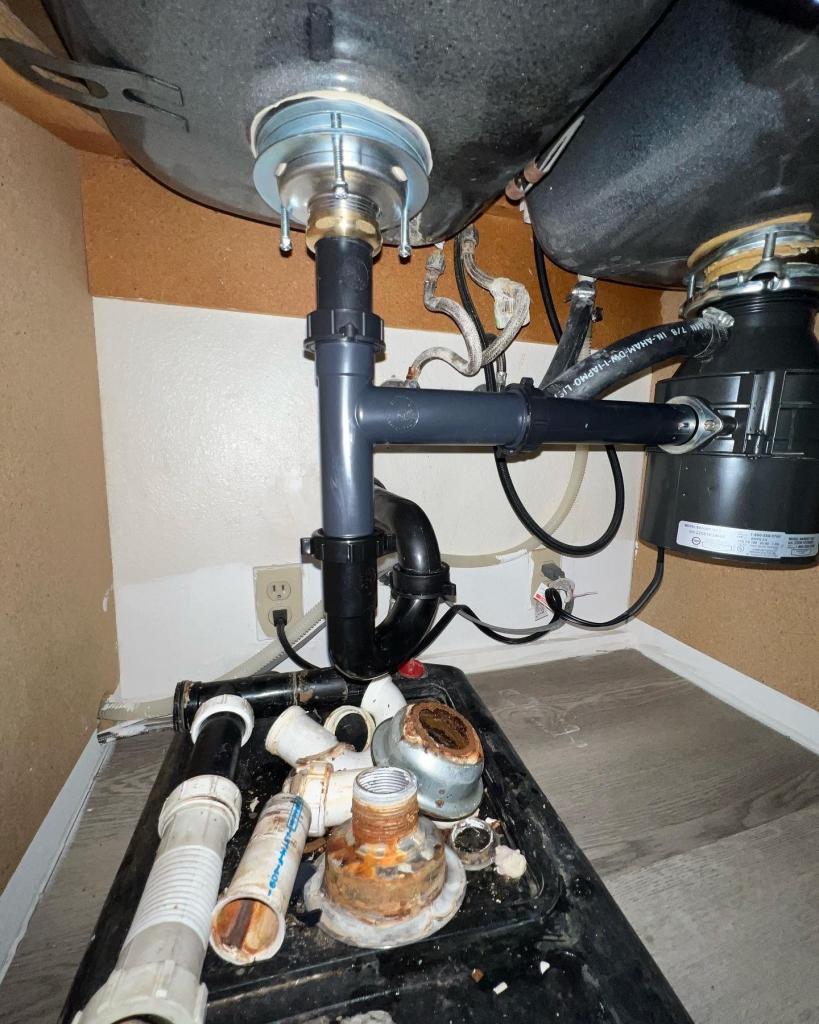




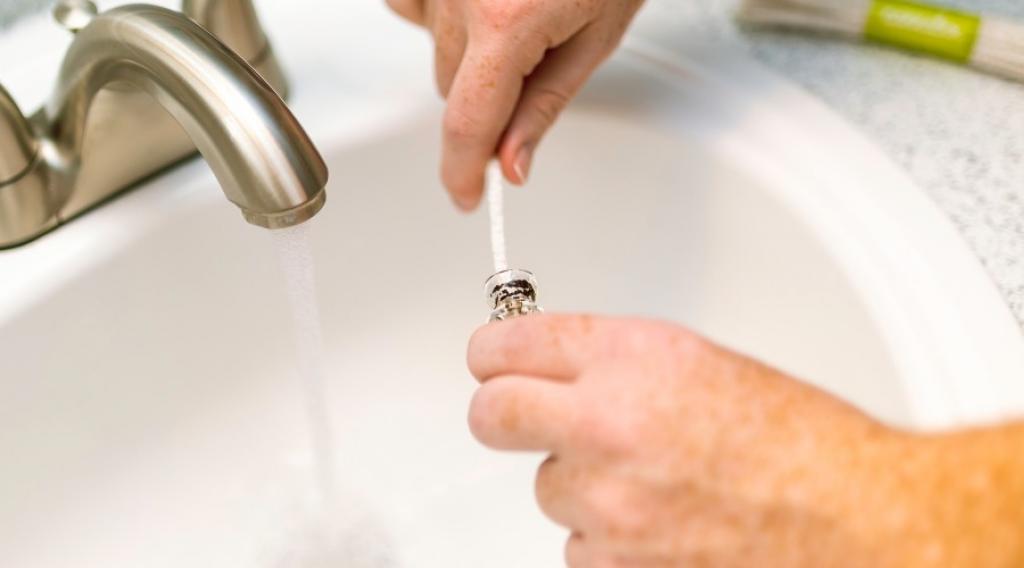










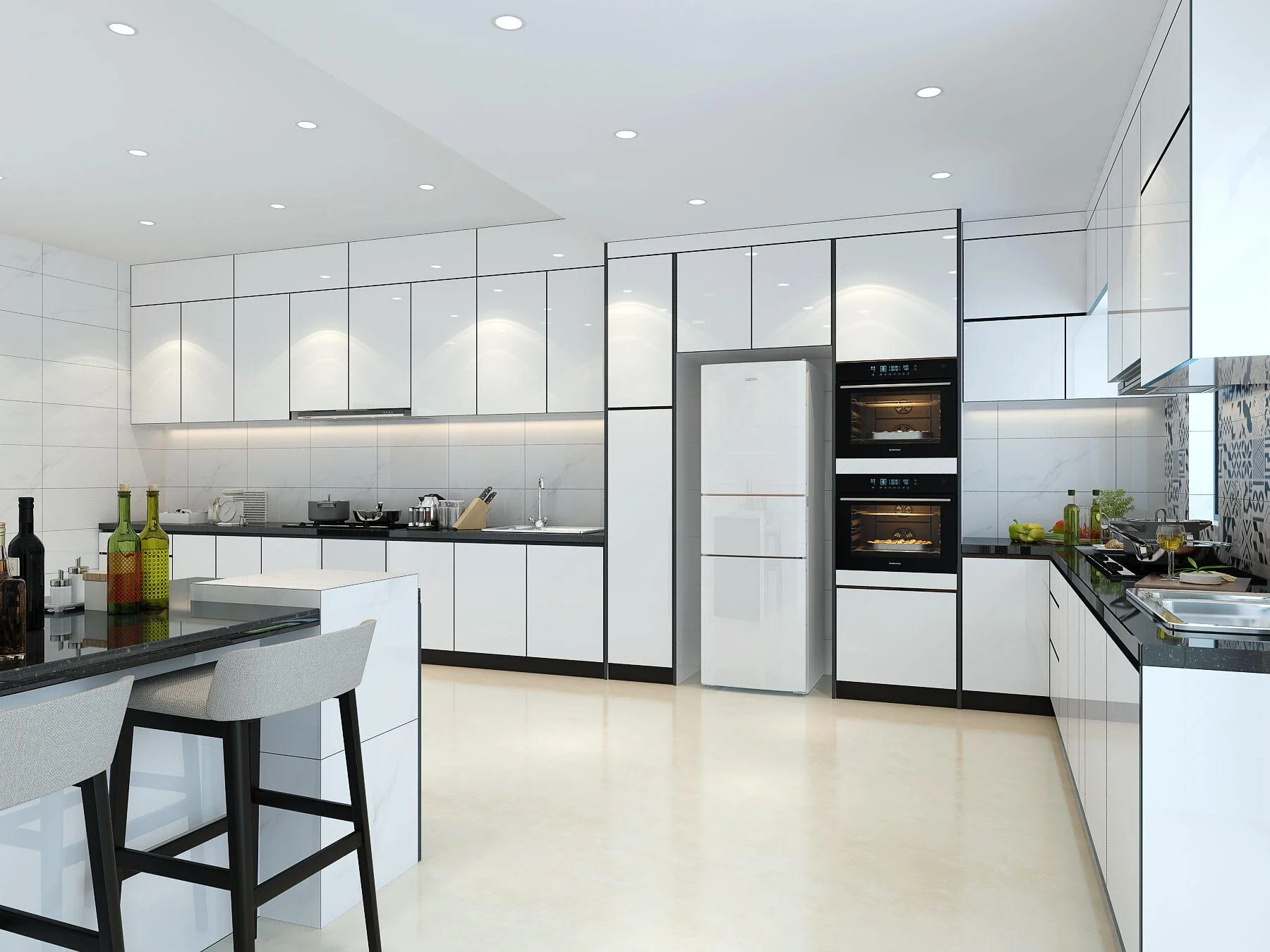.jpg)
/AMI089-4600040ba9154b9ab835de0c79d1343a.jpg)


:max_bytes(150000):strip_icc()/ViscoSoft-Select-High-Density-Mattress-Topper-2-9529c123a2dd43199957ff3e63bd8ed8.jpg)
